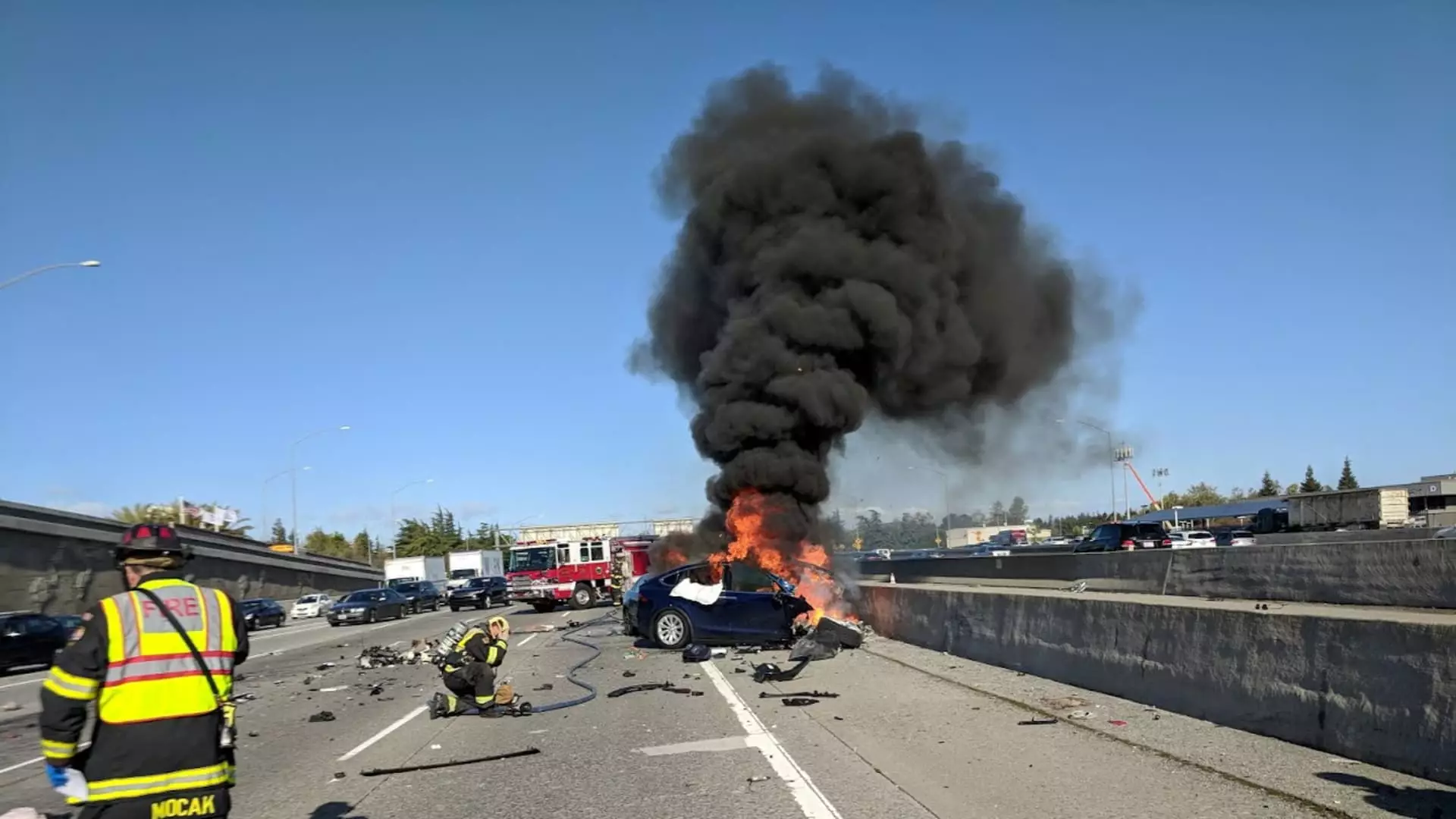Federal authorities have recently revealed a concerning number of collisions, fatalities, and serious injuries linked to Tesla’s Autopilot system. The National Highway Traffic Safety Administration (NHTSA) conducted an in-depth analysis of 956 crashes involving the use of Tesla Autopilot, highlighting a critical safety gap in the system. The NHTSA report pointed out that the design of Tesla’s Autopilot has contributed to avoidable crashes due to a lack of driver attention and inappropriate use.
The NHTSA report raised red flags regarding the effectiveness of a software update issued by Tesla in response to identified Autopilot defects. Despite the recall of 2 million Tesla vehicles in the U.S. for a software update to enhance driver monitoring systems, the NHTSA investigation suggests that the update may have been insufficient. This assertion is supported by ongoing reports of accidents related to Autopilot, such as a recent incident in Snohomish County, Washington, where a Tesla driver hit and killed a motorcyclist while using Autopilot.
The NHTSA findings are part of a larger conversation around the safety of Tesla’s Autopilot technology. The agency’s report adds to a series of regulator and watchdog reports that have questioned the effectiveness of Autopilot, despite Tesla’s promotion of it as a leading feature. Sens. Edward J. Markey and Richard Blumenthal have called for stricter regulations to limit Autopilot use to designated roads. Additionally, Tesla’s settlement of a lawsuit related to a fatal crash involving Autopilot features has raised concerns about the company’s approach to safety.
In response to growing scrutiny and criticism, Tesla and CEO Elon Musk have doubled down on their commitment to autonomous driving technology. Musk emphasized during a recent earnings call that Tesla’s future hinges on solving autonomy. Despite promises of self-driving capabilities through software updates, Tesla currently offers only driver assistance systems. Musk’s bold claims about safety and accident rates related to Autopilot have not been independently verified, prompting skepticism from experts like Philip Koopman from Carnegie Mellon University.
Philip Koopman, an automotive safety researcher, has described Tesla’s marketing strategies as “autonowashing” and stressed the need for the company to address safety concerns seriously. Koopman highlighted the risks associated with misplaced confidence in Tesla Autopilot and suggested that simple measures, such as limiting Autopilot use to designated roads based on existing map data, could enhance safety significantly. This recommendation aligns with calls from regulators and lawmakers for stricter oversight of Tesla’s Autopilot feature to prevent further accidents and fatalities.
The critical safety gap identified in Tesla’s Autopilot system and the associated accidents, fatalities, and injuries underscore the need for greater transparency, accountability, and regulatory oversight in the development and implementation of autonomous driving technologies. While Tesla continues to invest in and promote Autopilot as a groundbreaking feature, addressing the shortcomings and safety concerns associated with the system is essential to ensure the well-being of drivers, passengers, and other road users. By heeding the recommendations of experts and regulators, Tesla can work towards enhancing the safety and reliability of its Autopilot technology for the benefit of all stakeholders.

